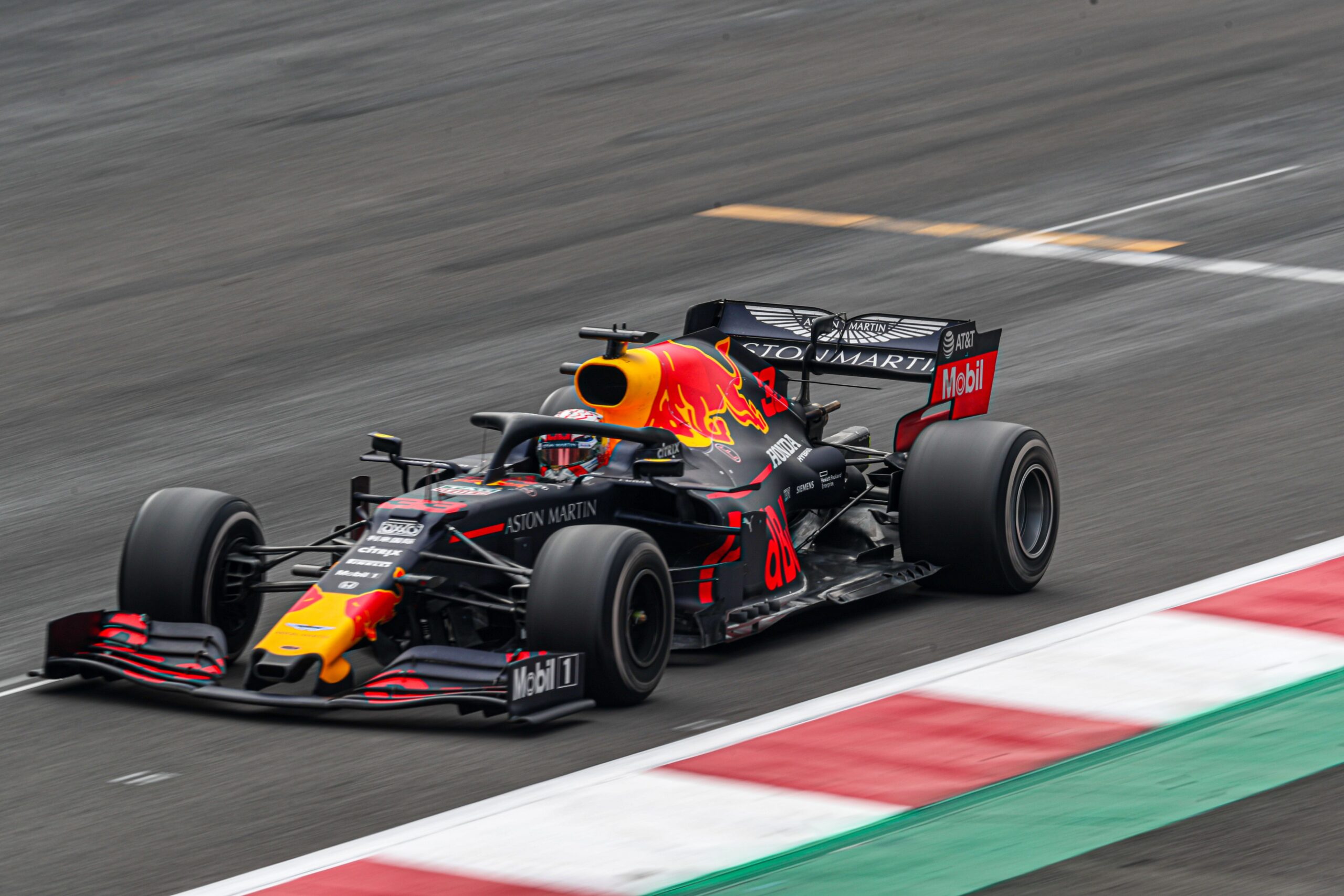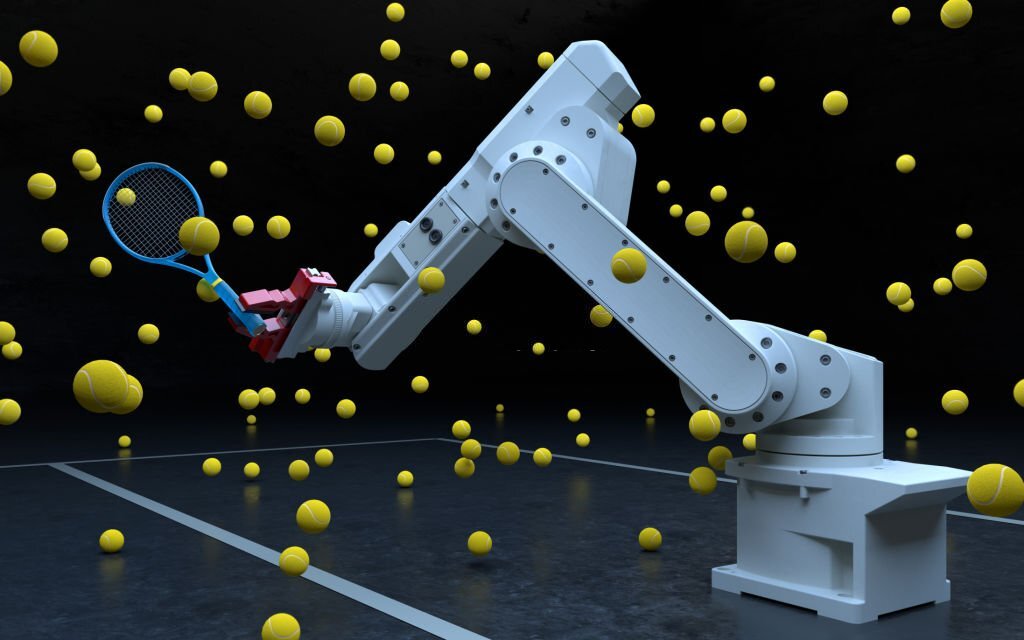Formula One has unveiled its new 2022 race vehicle, which features improvements that should help minimize ‘dirty air’ and make overtaking easier
For 2022, F1 will implement new aerodynamic regulations with the goal of minimizing the “bad air” produced by existing vehicles, which makes passing difficult.
The new F1 car has a simpler front wing and a rear wing that pushes the aerodynamic wake up and over the car in front.
F1 cars will utilize ground effects to generate downforce for the first time since the 1980s, with the 2022 cars sporting deep tunnels in the floor to suck the car to the track.
The rising complexity of Formula 1 cars’ aerodynamic add-ons has recently had a negative impact on race quality. All of the intricate winglets protruding from the bodywork create a stream of “dirty air” pouring off the car, causing cars behind to lose downforce and making it more difficult to make a pass. F1 is implementing new aerodynamic regulations for the 2022 season with the purpose of decreasing foul air, and the series has now shown a life-size model of what the next generation of F1 cars will look like.
According to F1, modern cars lose 35% of their downforce when they are three car lengths behind another car, with the loss increasing to 47% when they are one car length behind. The new guidelines aim to reduce downforce losses to between 4% and 18%. The front wing has been simplified and the wing flaps have been extended all the way to the nose. This eliminates the present automobiles’ inner wingtips, which created a vortex that produced much of the “dirty” aerodynamic wake.
Another significant shift occurs beneath the vehicle. While current F1 cars have a reasonably flat floor with a stepped shape, the 2022 version will have deep underfloor tunnels to produce downforce through a ground effect, as smaller wings will provide less downforce. This is supposed to allow for sleeker bodywork, less dirty air, and less impact from unclean air when following another vehicle. The bargeboards (pieces of bodywork oriented vertically for enhanced aerodynamics) that protrude from the flooring of present vehicles have also been removed.
The new 18-inch wheels with low-profile tires stand out from the present automobiles, which have 13-inch wheels. To regulate airflow, F1 is also returning wheel covers and inserting small winglets above the wheels; the 2022 regulations aim to direct the wake snugly down the sides of the car, rather than driving it outward, as the current front-end design does
The rear wing is also redesigned, with rounder edges as opposed to the boxy wings of the 2021 cars. This new design is intended to divert the aerodynamic wake flowing off the back of a car upward and over any following cars, allowing drivers to set up a pass with less disturbed air. Because of larger wheels, revised tires, and stricter safety rules, cars in 2022 will be around 5% heavier than the present versions. Of course, the design disclosed by F1 today is merely a template, and teams are free to come up with their own solutions within the confines of the regulations. However, the new design appears intriguing and will hopefully result in closer racing next season.
also read:-https://tindu.in/facebook-is-planning-to-change-its-name/





















